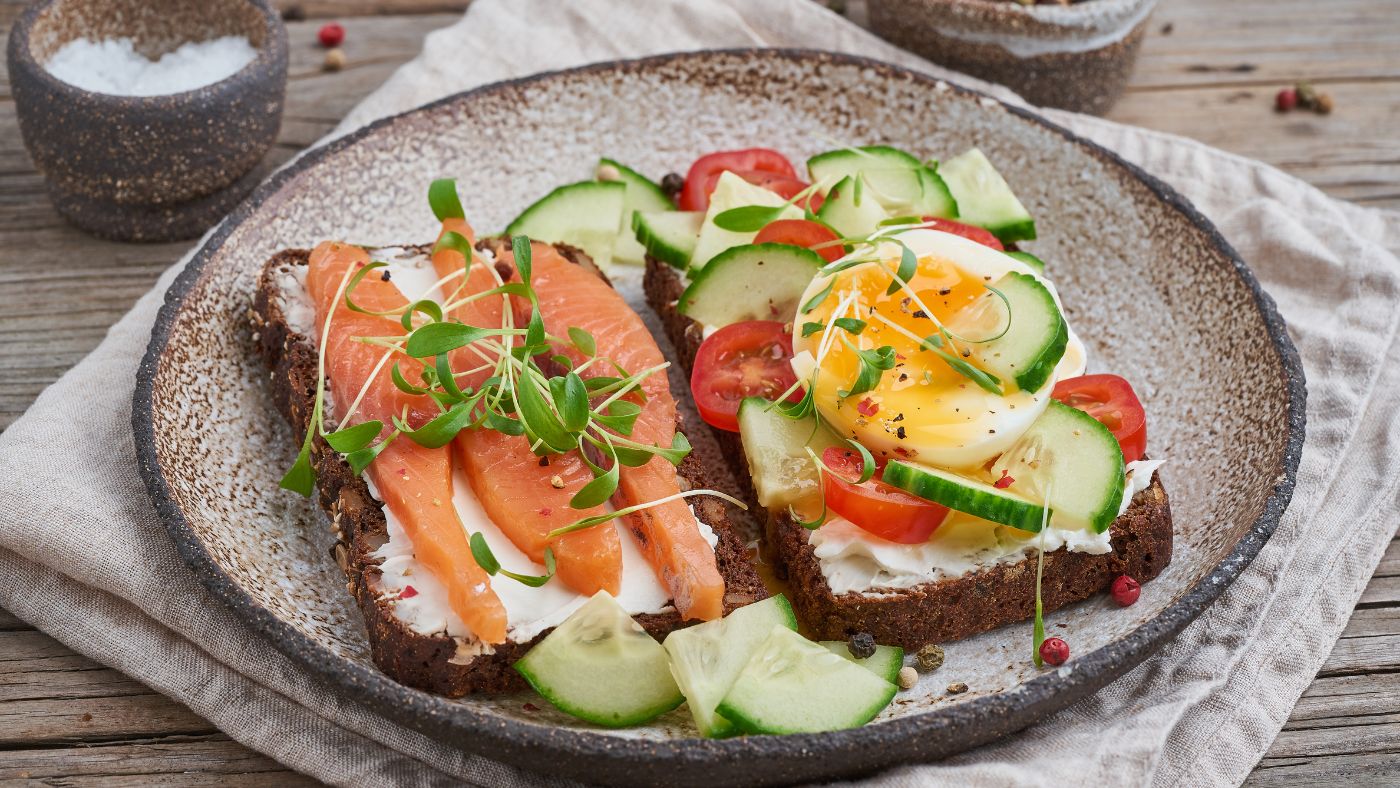If you’ve been lucky enough to bicycle tour in Denmark, you know that Danes love food – fresh, local, simple, and healthy. Small farm stands are a common sight while pedaling quiet country roads. I’ll never forget purchasing a small bin of fresh strawberries on a mid-morning in June on the way to Kerterminde. For a few Krone, I was elevated to a blissful state of summer satisfaction. But what I devoured more than anything on that splendid tour was slice after roll after hunk of tasty rye bread that accompanied every meal.
For centuries, rye has been the primary cereal crop grown in Denmark thanks to the country’s optimum climate and soil. Rye bread’s moisture content and dense composition allow for a longer shelf life compared to other bread types. This was particularly advantageous long ago when preserving food for extended periods was essential, especially during long winters or when fresh bread wasn’t readily available. The dense texture of rye bread also makes it perfect as the delivery mechanism in Danish smørrebrød.
The Danish word “smørrebrød” is a combination of “smørre,” or “to spread,” and “brød” – simply “bread.” The word translates to “buttered bread” or “bread with spreads/toppings” that is served as an open-faced sandwich typically topped with cold cuts, pickled herring, fish, meats, vegetables, or cheeses. Smørrebrød is an iconic dish in Danish cuisine enjoyed for its flavor, versatility, and visual appeal.
There’s no end to the number of spread and topping combinations you can easily create! I cannot wait to make this colorful roasted beet humus with avocado and pickled onion recipe I found on The North Kitchen, but you might also be tempted by a simple egg salad smørrebrød, or this blue cheese, pear and hazelnut combination, or the classic pickled herring option.
If you’re a free spirit and like the idea of coming up with your own combination, all you need is a bread base, a spread option, a main event, and accessory toppings. Like pizza, smørrebrød, can go in any flavor direction and there’s no limit to the toppings you can add. Just grab some bread, open the fridge and let your creativity and taste buds lead the way to a splendid open-faced summer sandwich, inspired by travels in Denmark.
Note: there’s not a hard line between what you might call a main event and an accessory topping. Basically, just start piling on your fixings and enjoy. For those of you preferring a bit more structure, the following suggestions offer a good place to start.
The rye bread base
- In the United States, it is not easy to come by Danish rye sourdough bread — “rugbrød” — traditionally used in smørrebrød. It is my goal to learn to make this bread, but until I do, I use “Mestemacher’s” organic whole rye bread, available in your average ‘health food’ store, but I’ve seen it in my large ‘regular food’ store as well. For added flavor, toast the bread.
Spread options
- For something quick, go for hummus, cream cheese, flavored cream cheese, butter, or whatever you love to spread on bread!
- You technically don’t need a spread, but they sure can bring some wonderful color to the final outcome. I just bought a yummy beet lemon humus that paired well with cucumber, shredded carrot, and sauerkraut.
Main event
- Smoked salmon, smoked trout, cucumbers, chicken salad, tomatoes, sliced potatoes, avocado, tuna salad, roast beef, grilled eggplant, hard boiled egg or anything else you think will be tasty.
Accessory toppings & condiments
- Sauerkraut, radish, pickled onion, herbs, arugula, nuts, microgreens, sprouts, olive oil, vinegar, shaved zucchini, or shredded carrot (for starters).


